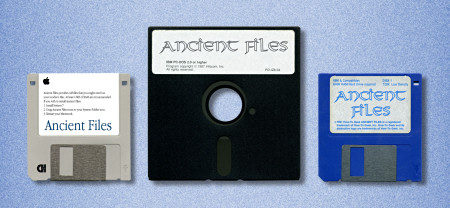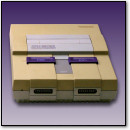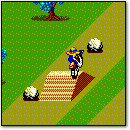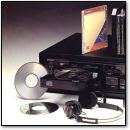More How-To Geek History Articles from Benj
Friday, August 14th, 2020As I mentioned back in April, I joined up with How-To Geek in February, and I’ve been regularly writing tech history-related features in addition to my usual how-to pieces.
Since that first post, I’ve written many more pieces that may be of interest to VC&G readers. Here’s a list:
- Why I Still Use a 34-Year-Old IBM Model M Keyboard
- How to Read a Floppy Disk on a Modern PC or Mac
- Why Did Dial-Up Modems Make So Much Noise?
- 40 Years Later, ‘Pac-Man’ Is Still Capturing Our Hearts
- Windows 3.0 Is 30 Years Old: Here’s What Made It Special
- Why Notepad Is Still Awesome for Taking Notes
- How the Gravis PC GamePad Transformed PC Gaming in the ’90s
- Remembering Windows 2000, Microsoft’s Forgotten Masterpiece
- Deja Vu: A Brief History of Every Mac CPU Architecture
- Why Did the Turbo Button Slow Down Your PC in the ’90s?
- The Web Before the Web: A Look Back at Gopher
- Virtually Forgotten: Nintendo’s Virtual Boy, 25 Years Later
- The CDs You Burned Are Going Bad: Here’s What You Need to Do
Some of my favorites include the Turbo Button piece, in which I discovered the first PC to ever use a turbo button, the Noisy Modem piece, in which I identified the man who invented the onboard modem speaker, and my look at Gopher, wherein I talked to the lead creator of the Gopher protocol. My ode to Windows 2000 is fun too. But heck, they’re all fun reads.
Hope you enjoy reading them! Keep an eye on my How-To Geek author page for more in the future.










